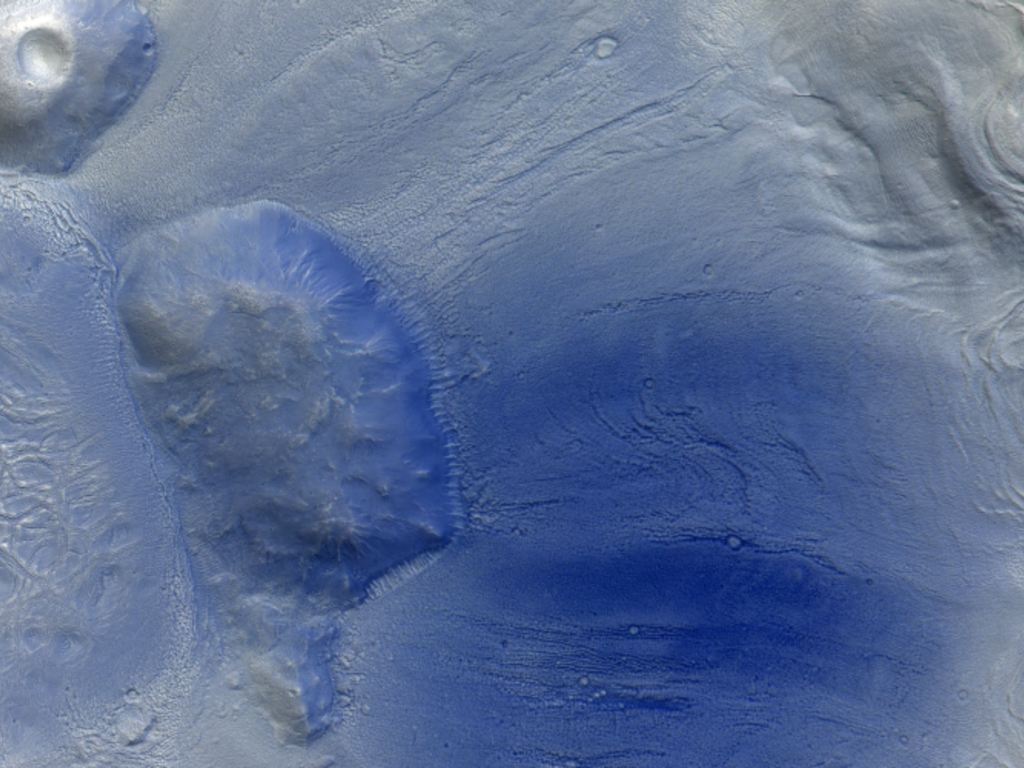In April 2024, the Embassy of Switzerland in Japan organized a media trip with seven leading Japanese media outlets for a 3rd Vitality.Swiss media trip with a focus on Swiss research and development in “space” and “biodiversity.” Find here some of the articles that will give you the latest insight on Swiss Innovation.
Switzerland is well-known in Japan for its cheese, chocolate, and beautiful landscapes, but there is also a rising awareness around Swiss pioneering innovation capabilities. To accelerate this trend, seven major Japanese media outlets were invited to participate in a press tour in the spring of 2024, focusing on “space” and “biodiversity,” covering all three Vitality.Swiss program themes, “Innovation,” “Healthy Life,” and “Sustainability.” The media trip coordinated by the Embassy and Presence Switzerland highlighted various Swiss initiatives in the space & biodiversity sectors.
Report from WIRED Japan
WIRED Japan has always been a medium that inspires readers to think about what our own future might look like, encompassing life, society, and culture through technology.
The latest article from the 2024 Media Trip, by journalist Akihico Mori for WIRED Japan, is about the ‘ETH BiodivX’, an eDNA collection drone by ETH Zurich that flies autonomously (!!) through forests, landing on tree branches and collecting eDNA, to generate important data on biodiversity.
[NEW] (August 13, 2024)
The Robotic Systems Lab at the Swiss Federal Institute of Technology in Zurich (ETH) is a lab that has produced some of the most influential robots in the world. Discover the reporter Akihico Mori’s unique perspective on the SpaceHopper, a mobile exploration robot that is able to bounce around on the surface of an asteroid. Please read the full article below!
SpaceHopper, a Mobile Exploration Robot Developed Using Deep Reinforcement Learning, Bounces Around an Asteroid (August 13, 2024)
An another beautiful article about the University of Bern’s development of mankind’s best “eye” in space. What kind of research is being conducted at the University of Bern that contributes to taking breathtakingly beautiful Mars landscape images transmitted from the Trace Gas Orbiter, a satellite orbiter?
Read the full story with beautiful images and videos at WIRED Japan:
What is the ‘biomimetic drone’ that made it to the final of the XPRIZE biodiversity competition? (2024.07.08)
Why the “Eye” of the Universe that Reflects Beautiful Star Scenery is Swiss Made (2024.06.25)

Report from the Mainichi Shimbun
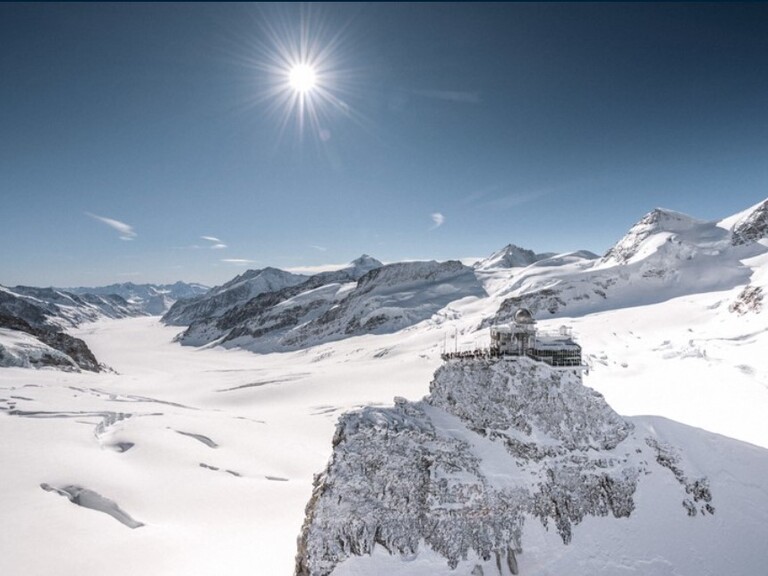
The Mainichi Shimbun was the pioneer of the first daily newspaper in Tokyo (1872) and the world’s first newspaper to be delivered door-to-door in 1875.
In its May 9, 2024 print edition and May 7, 2024 digital edition, the paper reported extensively on Switzerland’s efforts to become a “Space Nation” driven by its advanced technology and research capabilities, especially in universities. Reporter In Tanaka, who covered the story, paid particular attention to Switzerland’s background of “ambitious student-led research” and “bottom-up space development” in her commentary. The article provides an easy-to-understand summary of Switzerland’s space efforts.
Please take a look at the full article.
Switzerland’s Presence in Space Development: University Research Strength in the Background (2024/05/07 19:03)
They also published an article that includes results published by several Swiss research institutes that show glaciers melting. Please read the full text of the article.
Swiss Glaciers in Danger of Disappearing: Effects of Global Warming, Estimated to Have Halved in Last 85 Years (2024/8/10 05:00)
[NEW] (October 22, 2024)
This article features Swiss Climate Tech initiatives aimed at addressing global warming, highlighting the efforts of AgriCircle and Emerald Technology Ventures.
We invite you to read the full article: Solving Farmers’ ‘Dilemmas’ through Technological Innovation: ‘Climate Tech’ Companies in the Spotlight. (2024/10/22 08:00)
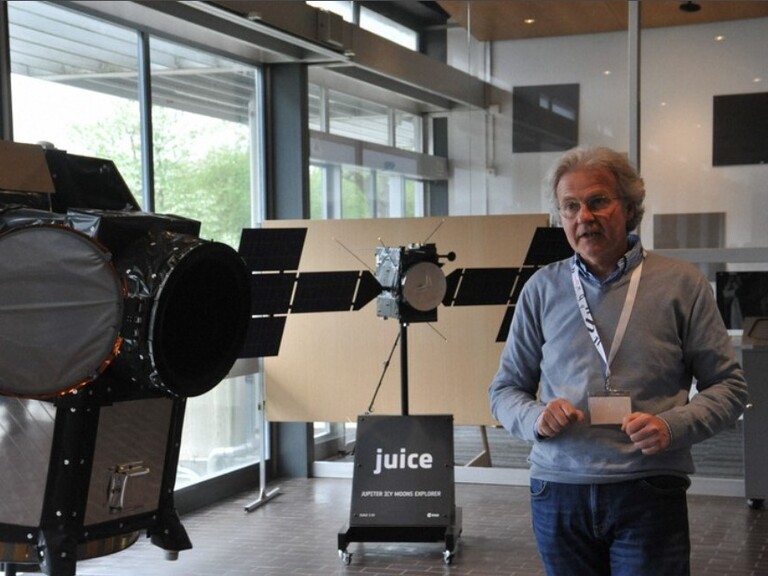
Report from the Sankei Shimbun
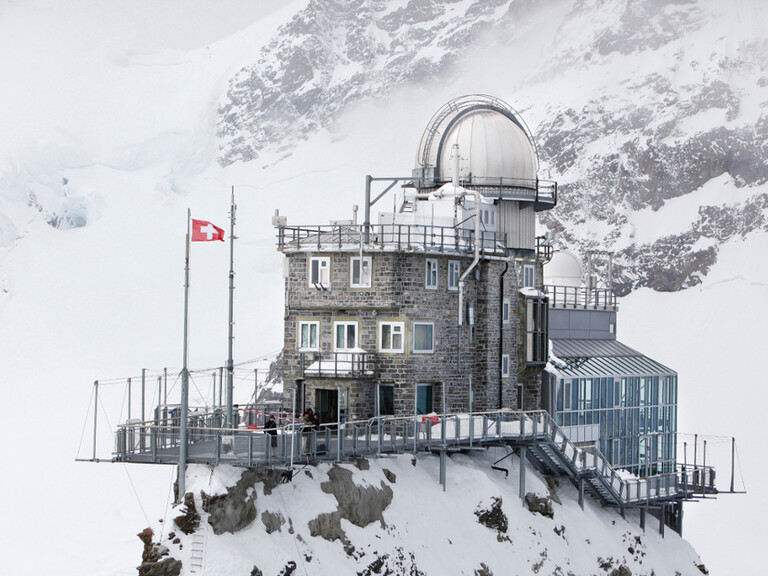
The Sankei Shimbun was one of the first of Japan’s five major newspapers to develop an Internet and digital news business.
In its digital edition, an interesting article “Key Component of H3 Rocket is Actually Made in Switzerland: Semi-Automated Manufacturing in a Short Time” (2024/6/22 06:00) was published! Japan’s next-generation mainstay rocket, the H3, is scheduled for launch at the end of June 2024. The key component of the H3 rocket are actually manufactured by a Swiss space company!
The Close-Up Science section of the May 19, 2024 edition of the paper featured prominently the contribution of the Jungfraujoch High Altitude Research Institute, which exists at an altitude of 3,500 meters above sea level in Switzerland, to research supporting the world’s climate and environment. In addition, on July 2, 2024, another article was published about the institute’s role as a ‘bastion’ of global environmental protection and about Japan’s participation in the project. (Free digital distribution).
Swiss High Altitude Research Institute Contributes to the World Atmospheric Observation of All of Europe at an Altitude of 3,500 meters (Published in Print on May 19, 2024, Distributed Digitally on May 12, 2024)
Both research and tourism… ‘Top of Europe’: the presence of China and South Korea and the scarcity of Japan felt at high-altitude facilities in the Alps (2024/7/2 08:00. free digital distribution)
Maki Matsuda, a reporter who interviewed the institute, introduced the fact that the institute has worked on about 50 projects in six months, has more than 100 observation targets, and measures more than 70 gases to monitor the atmosphere. She also mentions the measurement of the Aletsch Glacier, the largest glacier in the Alps near the institute, and research on aerosols. The article positions the institute as a key player in a global observation network that also contributes to national climate policies.
Other articles include an article on to develop a drone to collect environmental DNA, the space exploration robot being worked on by ETH Zurich (Swiss Federal Institute of Technology Zurich). Furthermore, an article touching on Switzerland’s commitment to science education from an early age as well as an article about a satellite to be launched in 2008 to elucidate the mystery of solar flares and observe the sun’s atmosphere with high precision.
Please read the full article in the Sankei Shimbun newspaper or Sankei News (limited to some paid members).
Probing the reproduction of organisms from a bucket of water - discover the advancement of ‘Environmental DNA’ technology (2024/7/28 06:00)
Both research and tourism… ‘Top of Europe’: the presence of China and South Korea and the scarcity of Japan felt at high-altitude facilities in the Alps (2024/7/2 08:00. free digital distribution)
Key Component of H3 Rocket is Actually Made in Switzerland: Semi-Automated Manufacturing in a Short Time (2024/6/22 06:00)
Satellite to be Launched in 2008 to Elucidate the Mystery of Solar Flares and Observe the Sun’s Atmosphere with High Precision (2024/6/2 06:00)
Swiss High Altitude Research Institute Contributing to the World Atmospheric Observations across Europe at an Altitude of 3,500 Meters (2024/5/12 06:00)
Three-Legged Leap on the Moon and Asteroids What is the New Form of Space Exploration Robots (2024/5/18 06:00)
How to increase the number of science-loving children? (2024/5/5 08:00)
Report from Real Sound Tech
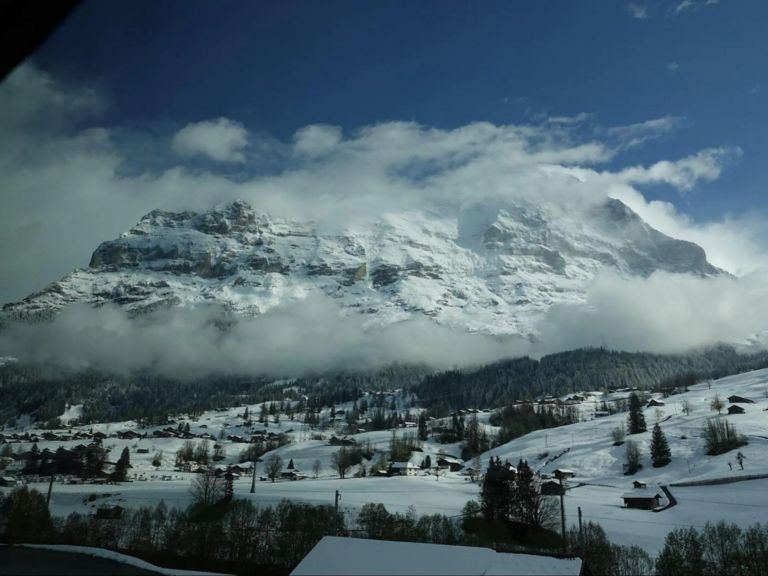
Real Sound Tech delivers technology x entertainment information and reviews in an easy-to-understand format.
In her articles, Machiko Nakagawa, who has been part of every Vitality.Swiss media trip, highlights Switzerland’s advanced technological capabilities and its distinctive bottom-up approach to the space industry. Her analysis suggests that ‘bottom-up’ should be the defining term for Switzerland’s high technological capability.
Additionally, she has written an article that depicts the Swiss people’s admiration for nature’s beauty, their concern over environmental changes, and their endeavors to address the biodiversity crisis.
Read the full articles here:
“Switzerland’s glaciers are melting. How can technology help with threatened biodiversity?” (2024.07.17 07:00)
”Unknown Space Powerhouse: Switzerland’s Technology, its Links with Japan and its vision for the future” (2024.07.02 07:00)
Report from the HuffPost Japan

HuffPost Japan is an “agenda-setting media” that picks up the voices and thoughts of individuals in addition to current news related to politics, economics, culture, lifestyle, etc. It is also a “media that generates conversation” that focuses on features and opinion articles.
Maya Nakata, a reporter who participated in this tour, has published three articles on HuffPost.
In “Regenerative Agriculture with Space Technology. Swiss Startup Challenges Bottom-up Agricultural Transformation,” she reports in detail on the Swiss startup AgriCircle’s efforts for ‘farmer-centered’ transformation.
Her article, “Endangered Crane Nests Halved, Satellite Data Reveals Impact of Climate Crisis,” follows the activities of Professor Gabriela Schaepman-Strub and her colleagues at the University of Zurich, who use sanitary data to study threats to biodiversity (the target is the Siberian Crane, which has been sighted in Japan).
Her last article, titled “Hayabusa’s Challenge Couldn’t Have Been Done in the US, features an interview with Professor Thomas Zabouken of ETH Zurich, also known as “Dr. Z” of the space world (former Deputy Director of NASA’s Science Mission Directorate). She describes Professor Zabouken’s expectations for Japanese space start-ups and the importance of international cooperation.
Read the full articles on the HuffPost Japan website (link below).
Regenerative Agriculture with Space Technology. Swiss Startup Challenges Bottom-up Agricultural Transformation (May 19, 2024 11:01 JST|Updated May 20, 2024)
Endangered Crane Nests Halved, Satellite Data Reveals Impact of Climate Crisis (May 22, 2024 08:00 JST)
Hayabusa’s Challenge Couldn’t Have Been Done in the US (June 2, 2024 11:00 JST)
Report from the Nikkan Kogyo Shimbun (THE DAILY INDUSTRIAL NEWS)
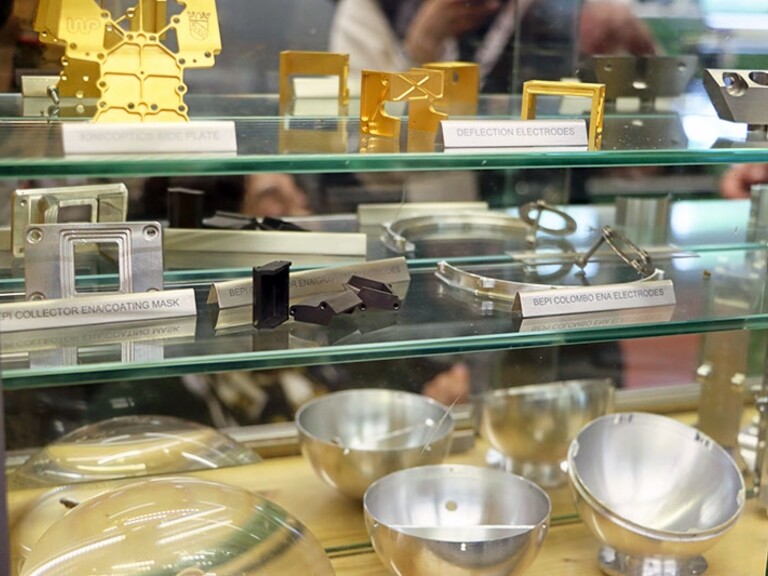
The Nikkan Kogyo Shimbun is a comprehensive newspaper specializing in industry, on both macro and micro aspects of corporate activities and business.
Mamiko Iida, a reporter from the Science and Technology Department of the Nikkan Kogyo Shimbun who is particularly knowledgeable about the space field, wrote an article titled “Strong Cooperation with JAXA…Swiss Technology Shines in Space Development,” where she highlighted the following three points:
- Swiss technology is a behind-the-scenes approach: Cooperation with JAXA on solar observation satellites, participation of universities in Mercury exploration
- High quality maintained by the “craftsmanship” of local companies, used in the H3 fairing
- International collaboration in climate change research, etc., supported by the government
To read the full article, please click here, or visit the Nikkan Kogyo Shimbun print or/and their electronic editions.
Please read the other 8 articles in the Nikkan Kogyo Shimbun print and electronic editions (All in Japanese):
Swiss Forest, Snow, Ice and Landscape Research Institute develops environmental DNA collection drone as biodiversity research tool (2024/5/24 05:00)
University of Bern: Deformation of celestial bodies by crashing spacecraft: an option for Earth’s defense (4/22/2024 05:00)
ETH Zurich: New mechanism for displaying Earth’s water cycle using data from observation satellites (2024/4/22 05:00)
University of Bern unveils vibration test of a device that withstands vibration in space, to be mounted on the next Mars orbiter (2024/4/19 05:00)
Former NASA Deputy Administrator Zurbuchen speaks at ETH Zurich (2024/4/18 05:00)
ETH Zurich Unveils Space Exploration Robot Under Development (2024/4/18 05:00) *This article is also available on Newswitch without registration.
ETH Zurich to Participate in JAXA-led Solar Observation Project (2024/4/18 05:00) *This article is also available on Newswitch without registration.
Beyond Gravity Switzerland unveils fairing of H3 rocket (2024/4/17 05:00)
Report from Nikkei xTECH
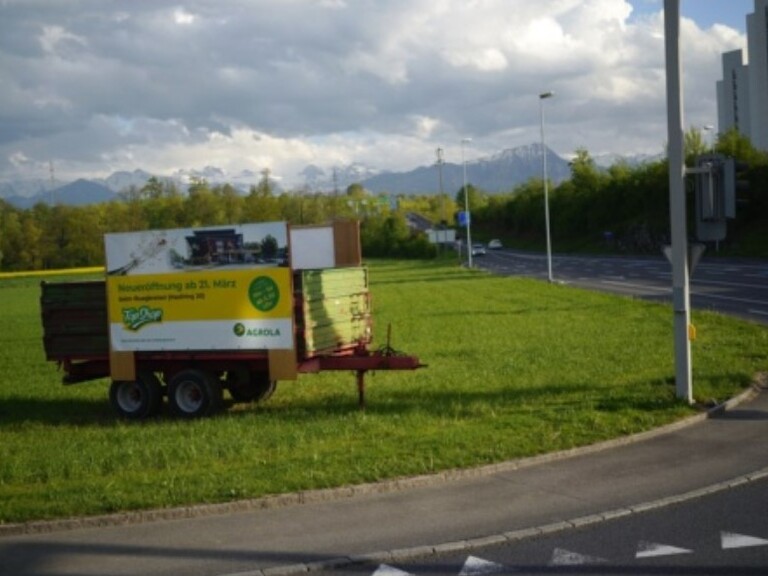
Nikkei Crosstech (xTECH) is a technology-oriented digital medium for engineers and business leaders in a variety of industries, from IT, automotive, electronics, and machinery to architecture and civil engineering.
During this media trip, journalist Ryunosuke Kubota discovered that the key components of Japan’s domestic rocket “H3” were actually made in Switzerland! Please read the report on this surprising fact! This is an easy-to-understand, yet detailed report that is well worth reading, even for readers with no expertise in the field. (Some parts are available only to paying members.)
H3 Rocket Components Actually Made in Switzerland, Sneaking Into the Factory Where They Were Manufactured for a Short Time (2024.05.17)
Article’s cover:
A plethora of different surface types CaSSIS: The south wall of this crater (right) close to the dichotomy boundary has three large gully structures that have contributed to the build-up of material at the base of the crater wall. There seem to be flow features leading down to the centre of the crater where there is a remarkable structure with fractures. Images by ESA/TGO/CASSIS

